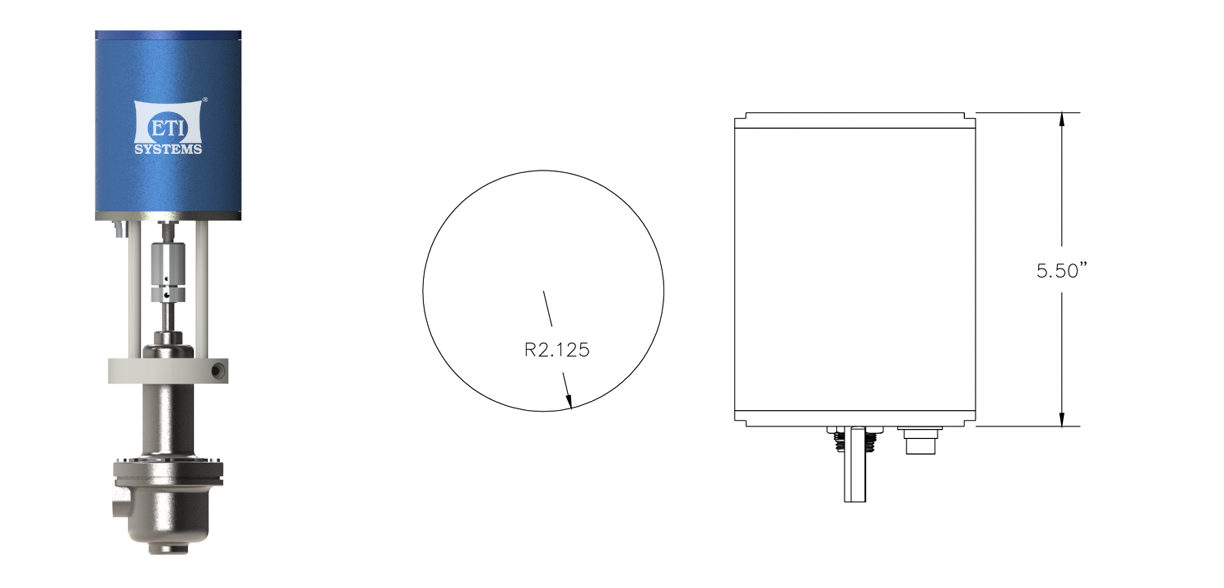Resistive Joysticks: Mastering Control with Precision and Responsiveness
Are you ready to take your gaming experience to the next level? Look no further than resistive joysticks! These incredible devices are here to revolutionize control, offering unparalleled precision and responsiveness. Whether you’re a seasoned gamer or just starting out, mastering these cutting-edge tools will unleash your full potential in the virtual world. So get ready to dive into the captivating world of resistive joysticks and discover how they can transform your gameplay like never before!
Introduction to Resistive Joysticks
A resistive joystick is a type of control device that uses resistance to generate electrical signals. These signals are then used to control various functions in electronic devices. Resistive joysticks are commonly used in video game consoles, industrial equipment, and medical devices.
Resistive joysticks work by detecting the amount of force that is applied to the joystick. This force is converted into an electrical signal, which is then sent to the electronic device. The electronic device can then use this signal to control various functions, such as the direction of a cursor on a screen or the movement of a motor.
Resistive joysticks are typically more precise and responsive than other types of control devices, such as optical joysticks. This makes them ideal for applications where precision and responsiveness are critical, such as video games or industrial equipment. However, resistive joysticks can be more difficult to use than other types of control devices because they require the user to apply a specific amount of force to the joystick in order to generate a signal.
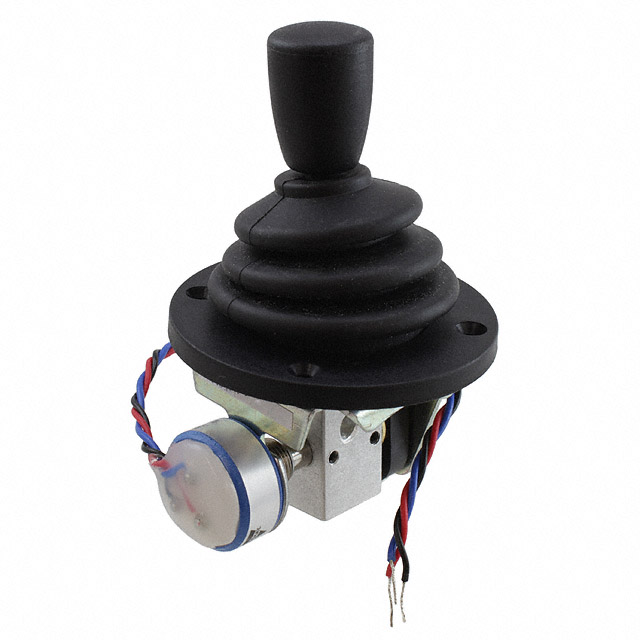

Types of Joysticks and their Advantages
There are two main types of resistive joysticks: linear and rotary. Linear resistive joysticks are the most common type, and they work by sensing the position of a stylus along a linear path. This type of joystick is often used in video games because it allows for very precise control. Rotary resistive joysticks work by sensing the angle of the stylus relative to the center of the joystick. This type of joystick is often used in flight simulators because it allows for more natural control over aircraft.
Both types of resistive joysticks have their advantages and disadvantages. Linear resistive joysticks are more precise, but they can be harder to use for some people. Rotary resistive joysticks are easier to use, but they don’t offer as much precision. Ultimately, it’s up to the user to decide which type of joystick is right for them.
What Makes a Good Joystick
When it comes to finding the right joystick for your gaming needs, there are a few key factors to keep in mind. First and foremost, you want a joystick that is responsive and precise. This is especially important if you’re playing fast-paced games or ones that require quick reflexes. A good joystick will also be comfortable to hold and use for extended periods of time. Additionally, it should be durable enough to withstand some wear and tear. Ultimately, the best joystick for you is one that meets all of your specific requirements and preferences.

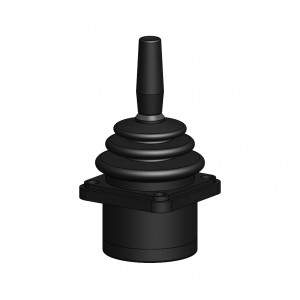
How to Choose the Right Joystick for Your Needs
There are a few things to consider when choosing the right joystick for your needs. The first is the type of game you’ll be playing. If you’re looking for a joystick to use with flight simulators, for example, you’ll want one that’s designed specifically for that purpose. On the other hand, if you’re just looking for a general-purpose joystick for casual gaming, any number of models will do.
The second thing to consider is the level of precision and responsiveness you need. For more hardcore gamers who demand the highest levels of performance, there are joysticks with sensors that can track even the slightest movements. If you just need something to get by with, though, a less expensive model will suffice.
Think about what kind of extras you might want in a joystick. Some come with built-in vibration feedback, which can add an extra level of immersion to your gaming experience. Others come with programmable buttons that let you customize your gameplay however you see fit. Whatever your needs, there’s sure to be a joystick out there that’s perfect for you.
Features of High Quality Resistive Joysticks
There are several features that make a resistive joystick superior to other types of joystick. First, the material used in the construction of the joystick is critical. A high quality joystick will use a material that is both strong and durable, yet still allows for smooth movement. Second, the manufacturing process is important. A well-made joystick will have tight tolerances and be precision machined to ensure smooth movement and consistent performance. The Joystick should be tested extensively before it leaves the factory to ensure that it meets all customer expectations.
Finally, the overall design of a quality joystick is critical. It should be ergonomic and comfortable to use for long periods of time without causing fatigue or discomfort. The buttons should also be placed in an intuitive arrangement that makes it easy to access all of the features quickly and easily. Additionally, look for a joystick with adjustable sensitivity levels so that users can customize how much pressure they need to apply to trigger the various inputs.
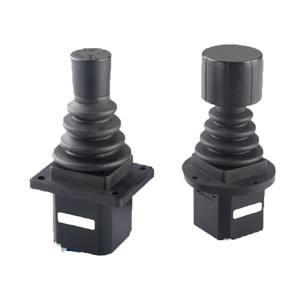
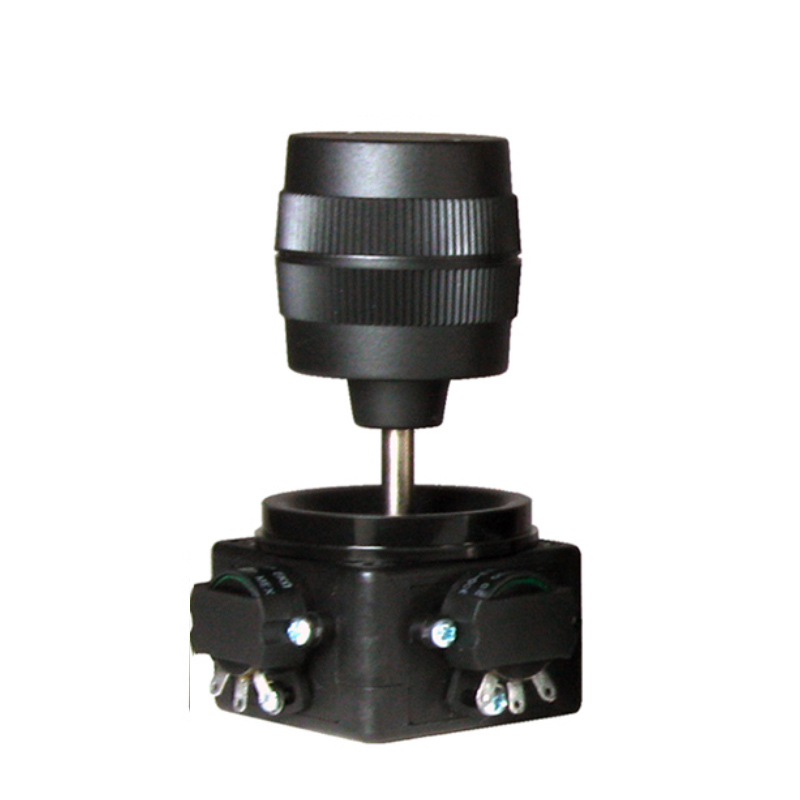
The Benefits of Using a Resistive Joystick
A resistive joystick is a critical tool for many applications that require precise control and responsiveness. Here are just a few of the benefits of using a resistive joystick:
- Increased precision: A resistive joystick provides far greater precision than a traditional joystick thanks to its higher resolution. This increased precision is especially beneficial in applications where even the slightest movement can make a big difference, such as video game controllers, medical equipment, and industrial machinery.
- Greater control: In addition to increased precision, a resistive joystick also offers greater control over movements. This allows for more precise movements and gives the user greater control over the direction and speed of their movements.
- More responsive: A resistive joystick is also more responsive than a traditional joystick, meaning that movements are registered more quickly and accurately. This is important in applications where every second counts, such as gaming or virtual reality simulations.
- Durable construction: Resistive joysticks are built to last, with robust construction that can withstand years of heavy use. This makes them an ideal choice for applications where reliability is essential, such as industrial or military applications.
- Customizable: Resistive joysticks can be customized to meet the specific needs of any application. This includes everything from the size and shape of the joystick to the type of resistance used (linear or rotary).
Overall, the benefits of using a resistive joystick are clear. From increased precision and control to greater durability and reliability, resistive joysticks offer a range of advantages for any application that requires precise control or responsiveness.
Conclusion
In conclusion, resistive joysticks can be a great choice for those looking for precise control and responsiveness in their gaming experience. With the right joystick setup, gamers will have the ability to move with precision and accuracy while still enjoying a comfortable grip on their controller. Whether you’re an experienced gamer or just starting out, incorporating a resistive joystick into your gaming setup may help take your game to the next level of mastery.
Our Products
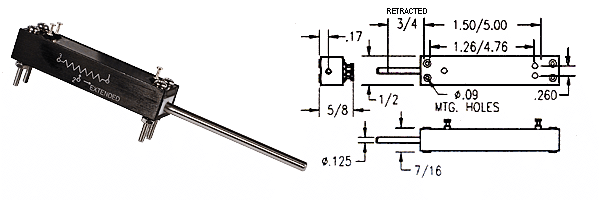
Conductive Plastic Element Black Anodized Aluminum Body, Stainless Steel Shaft, Gold Plated Terminals Recommended for Test and Lab Equipment, Industrial Applications, Medical Equipment (non-life support) Life Expectancy: 20 million strokes Resistance Tolerance: 20% standard (10% Available) Linearity Tolerance: .5% to 1.5% standard (0.3% to 1.0% Available) Power Rating: 0.2 to 1.2 Watt Electrical Stroke: 1″ […]
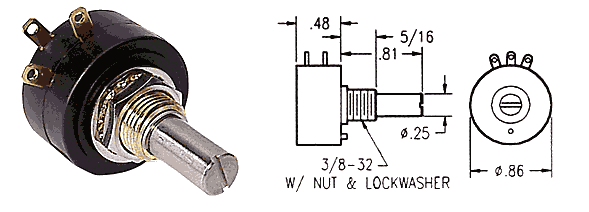
Conductive Plastic Element. Gold Plated Terminals. High Temp. Thermoplastic Housing. Stainless Steel Shaft. Recommended for Medical Equipment (non-life support), Robotics, Industrial, Test and Lab Equipment. Life Expectancy: 10 million turns Resistance Tolerance: ± 10% standard ( ± 10% available) Linearity Tolerance: ± 1.0% standard ( ± 0.5% available) Electrical Angle: 320º ± 5º Mechanical Angle: […]
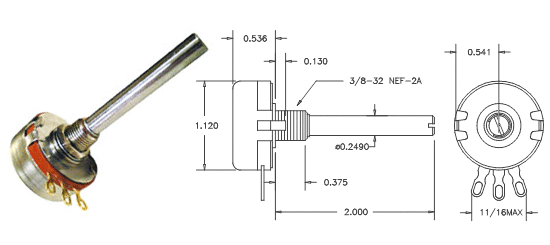
Hot molded carbon element Gold-plated terminals Stainless-steel shaft and housing Quality meeting or exceeding MIL-R-94 – QPL listed Rotational Life: 25,000 Resistance Tolerance: ± 10% or ± 20% Operating Temperature Range: -65°C to +125°C Power rating: 2 watts Insulation Resistance – dry: 10K Meg; wet: 100K Meg Dielectric Strength: 900 VRMS Starting Torque: 1 oz/in […]

Hot molded carbon element One piece housing and bushing Stainless-steel shaft Quality meeting or exceeding MIL-R-94 – QPL listed Rotational Life: 25,000 Resistance Tolerance: ± 10% or ± 20% Operating Temperature Range: -65°C to +125°C Power rating: 0.5 watts Insulation Resistance – dry: 10K Meg; wet: 100K Meg Dielectric Strength: 750 VRMS Operating Torque: 0.5 […]

MG22 Concentric Turns Counting Dial Counts up to 20 turns. One Piece Mounting. Aluminum Housing. Black Nylon Knob. Numbers are White on Black Background. Over the Center Lock Available. Diameter – 7/8″; Extension from Panel – 1.0″ Maximum Panel Thickness – 1/4″ Weight: .2 oz
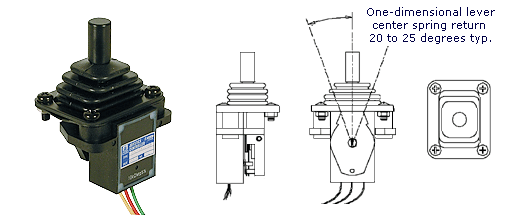
Electrical Specifications: 10K ohm precision potentiometer Single axis joystick Cylindrical knob Linearity (independent): ± 5.0% Lever Electrical Angle: 40° Max. Resolution: Essentially Infinite Mechanical Specifications: ± 20° from center deflection angle Life expectancy: 5 million operations Spring return to center Housing material: High temp. thermoplastic IP65 Rating
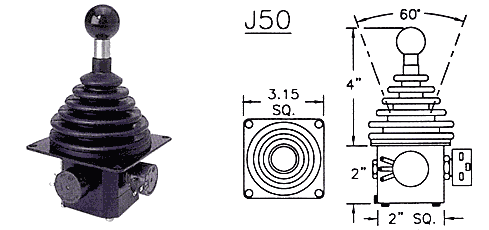
Two axis joystick 4″ handle height 60° deflection angle ( ± 30°) Ball knob Spring return to center Circular deflection pattern 10K ohm precision potentiometer Protective rubber boot (IP54 rating above panel) IP65 option available upon special request Panel mounting bracket

Multi-axis joystick 8.34″ handle height 45° deflection angle ( ± 22.5°) Spring return to center Cobra Head handle Circular deflection pattern 10K ohm precision potentiometers – all axis Three momentary switches (two illuminated, one trigger) Panel mounting bracket Protective rubber boot (IP65 rating above panel)
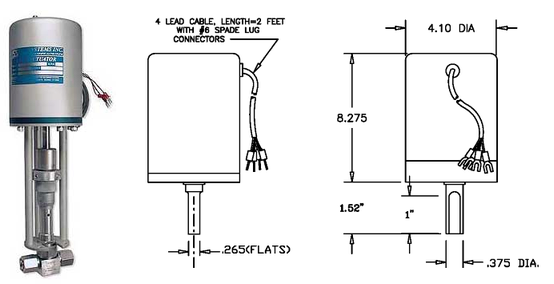
Input: 4 to 20 mA (200 ohms) or 0 to 10VDC (18KΩ) Rotation Speed : 1.5, 3, 5, 10, 20 or 40 RPM Power : 24 VDC (50 Watts min.) Dynamic Braking : Installed Limit Switches : Installed Torque Limiter : Set for Valve requirements. Wt : Approx. 21 in/lbs. max. Seating Limiter : Set […]
